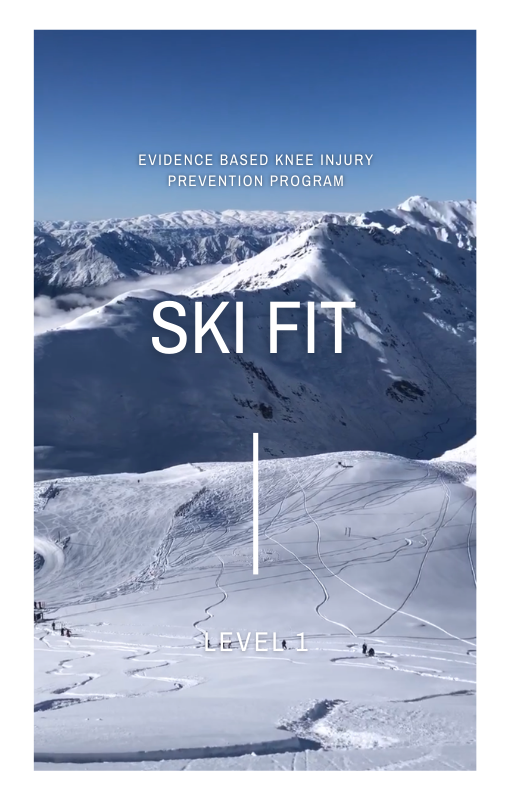Ski Fit Wanaka
%
of non-contact ACL injuries in females are reduced using injury prevention programmes. Webster & Hewett, 2018
more likely to get a knee joint replacement later in life following ACL injury. Khan et al, 2018
more likely to show signs of moderate-severe OA in the 10 years following an ACL injury. Ajuied et al, 2014
Become Ski Fit and protect yourself from knee injuries this ski season!
- You can join the Ski Fit Wanaka Facebook Group which gives you access to three exercise programs designed to reduce your injury risk.
- Take it to the next level and book an appointment with one of our physiotherapists for a full assessment and exercise program development to reduce your injury risk.
How does it reduce my risk of getting a knee injury?
There have been hundreds of papers published on helping to reduce knee injuries, particularly in non-contact sports like skiing.
Strength is a large contributor to reducing your injury risk. Quads are king when it comes to skiing and reducing knee pain and injury. Quadriceps are a group of 4 muscles at the front of your thigh. They work eccentrically to absorb a lot of the force as you go down the ski slopes, they also work as a knee extensor.
How all your leg muscles work together is very important in reducing injury risk. If you land and your knees twist in, that is the perfect way to rupture your ACL.
Ski Fit is designed to target all the muscles you need for skiing and teach you how to land properly with good biomechanics to reduce your injury risk.

Ski Fit Level 1
8 minute warm up
10 minutes strength
2 minutes sports specific drills
